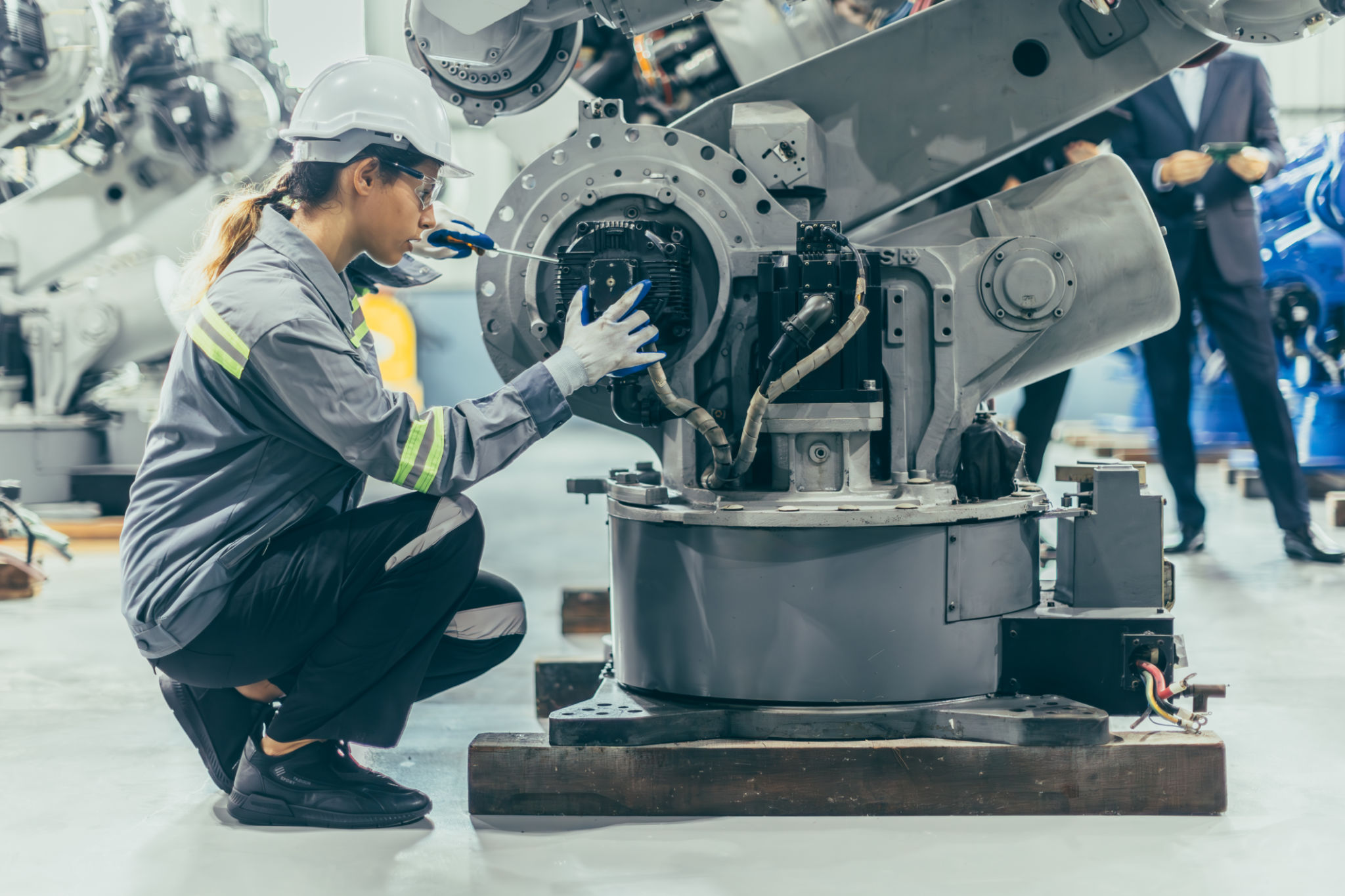Comprehensive Guide to Machine Parts Maintenance in Dalton
Understanding the Importance of Machine Parts Maintenance
In the bustling industrial town of Dalton, ensuring the longevity and efficiency of machinery is vital for maintaining productivity and reducing operational costs. One of the most effective ways to achieve this is through regular machine parts maintenance. Proper maintenance not only prolongs the life of machinery but also prevents unexpected breakdowns that could lead to costly downtimes.
Maintenance involves a combination of regular inspections, timely repairs, and systematic replacement of worn-out parts. By implementing a thorough maintenance schedule, businesses can enhance their operational efficiency and ensure safety in the workplace.

Types of Machine Parts Maintenance
Preventive Maintenance
Preventive maintenance is a proactive approach that involves routine checks and services to prevent potential issues before they arise. This type of maintenance is scheduled at regular intervals and includes tasks such as lubrication, adjustments, cleaning, and minor repairs. The goal is to minimize wear and tear and avoid unexpected failures.
Predictive Maintenance
Predictive maintenance uses condition-monitoring tools and techniques to track the performance and condition of machinery. By analyzing data collected through sensors and other monitoring devices, businesses can predict when a machine part might fail. This allows for timely intervention, optimizing both maintenance schedules and resource allocation.

Corrective Maintenance
Corrective maintenance, on the other hand, involves repairing or replacing machine parts after a failure has occurred. While this approach may sometimes be unavoidable, relying solely on corrective maintenance can lead to increased downtime and higher repair costs. Therefore, it is generally used in conjunction with preventive and predictive strategies.
Steps for Effective Machine Parts Maintenance
Implementing an effective machine parts maintenance strategy in Dalton involves several key steps:
- Assessment: Conduct a thorough assessment of all machinery to identify critical components that require regular maintenance.
- Scheduling: Develop a detailed maintenance schedule based on the assessment findings and manufacturer recommendations.
- Training: Ensure that all personnel are trained in proper maintenance procedures and the use of any diagnostic tools.
- Documentation: Keep accurate records of all maintenance activities to track performance and identify recurring issues.

The Role of Technology in Maintenance
Advancements in technology have revolutionized machine parts maintenance, making it more efficient and accurate. Automation tools and software solutions can streamline scheduling, tracking, and reporting processes. Additionally, IoT devices offer real-time monitoring capabilities, providing valuable insights into machine health and performance.
The integration of technology in maintenance practices not only enhances precision but also reduces human error, leading to increased reliability of machinery in Dalton’s industries.
Partnering with Professional Services
For businesses lacking the expertise or resources to perform comprehensive maintenance, partnering with professional service providers in Dalton can be an excellent solution. These providers offer specialized knowledge, advanced tools, and trained personnel to ensure machinery operates at optimal levels.
By outsourcing maintenance tasks, companies can focus on core business activities while ensuring their equipment is well-maintained and compliant with industry standards.

Conclusion
Machine parts maintenance is a critical component of industrial operations in Dalton. By adopting a structured approach that combines preventive, predictive, and corrective strategies, businesses can enhance productivity, reduce costs, and extend the lifespan of their machinery. Embracing technological advancements and professional partnerships further strengthens these efforts, ensuring a resilient and efficient industrial environment.
